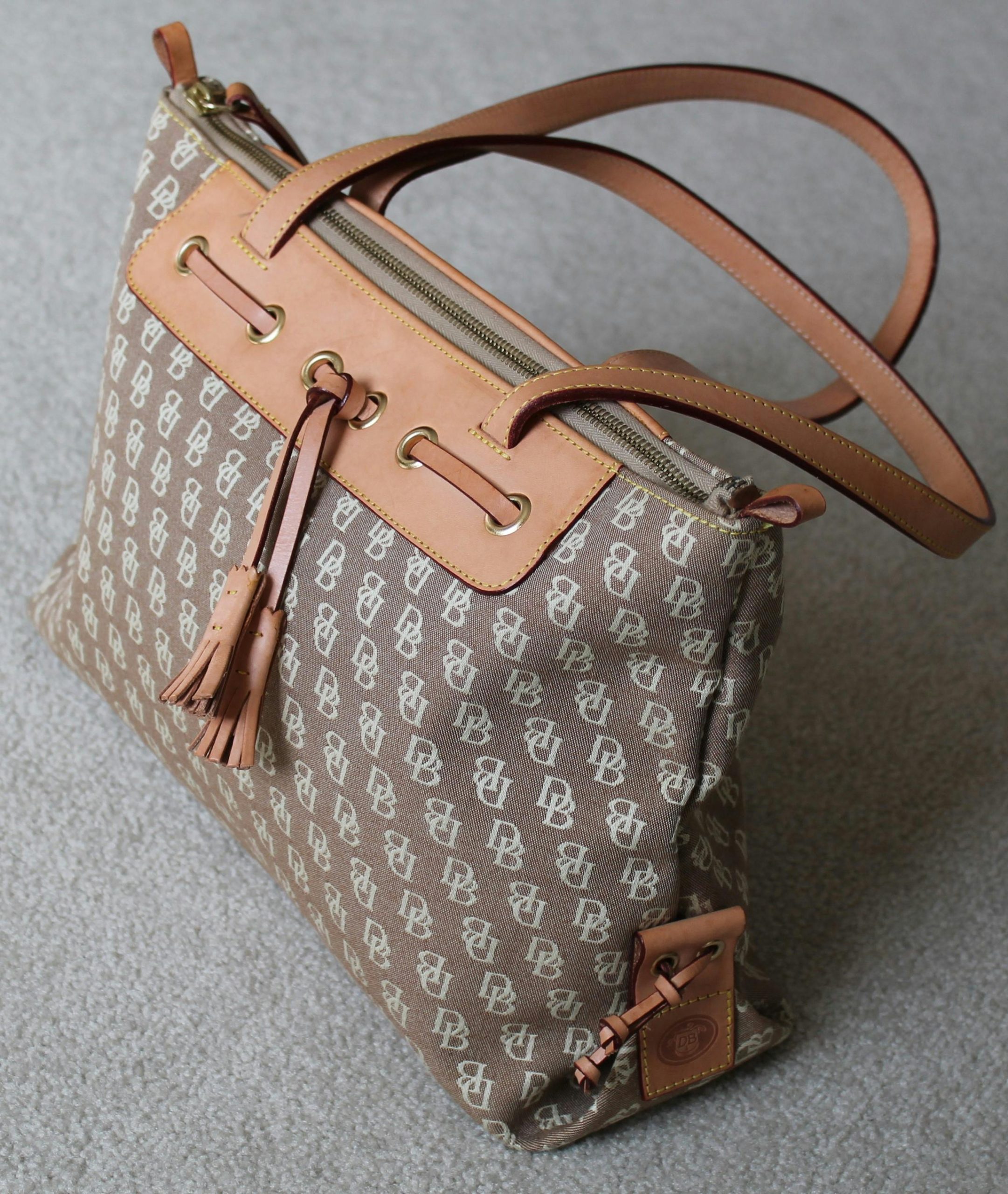Designer handbags trace a journey from simple carriers to powerful fashion statements reflecting culture and identity. Their evolution mirrors social changes, technological advances, and shifting ideals of style and utility. Each iconic design tells a story of innovation, status, and personal expression, revealing how handbags transcend mere function to become symbols of heritage and influence in modern fashion.
Chronological Overview of Designer Handbags: From Ancient Utility to Modern Luxury
The storied evolution of handbags begins over 7,000 years ago, with ancient pouches crafted from leather or woven fibers serving practical purposes for both men and women. These early bags were not merely containers; they represented a blend of practicality, ingenuity, and self-expression, designed to carry seeds, tools, and valuables and frequently adorned to flaunt craftsmanship or signal social ties. Discover the link here for explore collection of designer handbag.
This might interest you : Top Handbag Styles for a Chic and Functional Day Exploring London
By the Middle Ages and Renaissance, handbags underwent radical transformations. Medieval girdle pouches, indispensable for carrying coins, gave way to the decorative Aumonière, signaling status and charity through intricate embroidery and precious materials. Handbags emerged as tokens of courtship and visible measures of social standing, evolving beyond necessity to become wearable art reflecting wealth and values.
Artisans of the Renaissance elevated bag-making to new heights, often borrowing motifs from distant cultures, and encoding intellectual or political themes within designs. This period laid the foundation for the luxury handbag, intertwining craftsmanship, symbolism, and personal identity. The journey from utility to luxury reveals a timeline shaped by function, fashion shifts, societal change, and enduring artistic innovation.
Also to read : Mastering Casual Fridays: The Ultimate Guide to Styling a Cardigan for Your UK Office
Key Innovations and Iconic Handbag Designs Across the Decades
Major milestones in handbag craftsmanship changes shaped their evolution from ancient practicality to style icons. Samuel Parkinson’s 1841 commission resulted in a sturdy, leather travel bag with a fully closable design, forever changing the evolution of handbag closures and influencing future signature handbag features development. This leap positioned closures as both functional and aesthetic innovations, a concept that persists throughout iconic handbag designs across the eras.
Celebrated designs followed as fashion’s needs evolved. The Chanel 2.55 (1955) introduced the first shoulder-strap for women, marking a revolution in vintage handbag trends and introducing a hands-free lifestyle. Grace Kelly’s adoption of Hermès’ structured tote—eventually named the Kelly bag—helped cement iconic handbag designs as cultural status symbols. In the 1960s and 1970s, handbag silhouette revivals included bold experimentation: Bottega Veneta’s supple shapes, Gucci’s bamboo handles, and Dior’s Lady Dior (1995), all responded to shifting societal values and celebrity influence.
Changes in materials drove the evolution of handbag closures and size, from marbled lucite and chainmail to squishy “pillowy” silhouettes in the 2020s. The cyclical nature of handbag silhouette revivals means decades-old shapes—like the tiny Fendi Baguette or oversized totes—are often reimagined, illustrating perpetual signature handbag features development and the lasting impact of iconic handbag designs.
Influence of Materials, Brands, and Fashion Movements on Handbag Evolution
Transformation of handbag materials has continuously shaped the status and use of accessories in women’s fashion evolution. Early bags focused on durability with leather and later explored lucite in the 1950s, which introduced glossy, marbled finishes and playful shapes. The 1980s brought nylon through Prada, challenging handbag craftsmanship changes and establishing nylon as a luxury material. Sustainable practices in handbag production, now a growing trend, are prompting brands to experiment with recycled and plant-based fibers, reflecting the eco-conscious shift in designer handbags and cultural influence.
Major handbag designers and their influence—such as Louis Vuitton, Gucci, Dior, and Longchamp—used innovative materials and established the foundation for iconic handbag designs. Gucci’s bamboo handles and Christian Dior’s quilted Lady Dior bag are landmark examples in the evolution of leather and alternative materials. These brands drove handbag branding and logos evolution, making logos status symbols and magnifying the impact of fashion trends on handbags.
Fashion movements and social change, from Victorian beaded purses to the bold, logo-heavy designs of the 1980s and minimalism in the 2010s, highlight the role of handbags in women’s fashion evolution. Handbags evolved in size, function, and silhouette, mirroring shifts in the collective spirit from utility to artistry and personal expression.
Contemporary Trends, Market Dynamics, and Cultural Impact
Designer handbag styles through decades now reflect rapid social and technological change. In 2025, the impact of social media on handbag trends is undeniable, fueling the rise of ‘It-bags’ and accelerating trend cycles. Bag launches by major handbag designers and their influence frequently go viral, as influencers and celebrities instantly set off waves of anticipation and desire for the latest shapes or colors.
The evolution of handbag pricing and value is evident in the robust luxury handbag resale and vintage market. Certain classic models, especially those tied to handbag fashion icons influence, not only maintain value but often appreciate due to scarcity and status. This demand fuels the growth of dedicated resale platforms and intensifies the cultural symbolism of handbags as social markers.
Handbag trends influenced by social movements shape today’s collections. From embracing eco-friendly handbag design evolution with vegan leathers to supporting diversity in silhouettes and gender-neutral styles, brands respond to new values. Sustainable practices in handbag production, such as ethical sourcing and circular fashion, are increasingly prioritized, making conscious consumption part of the modern luxury narrative.
Across urban fashion, the evolution of bag straps and handles, comfort-focused features, and mood-boosting colorways mirror shifting real-world needs—showcasing handbags as tools for self-expression, activism, and practical comfort in the contemporary landscape.











